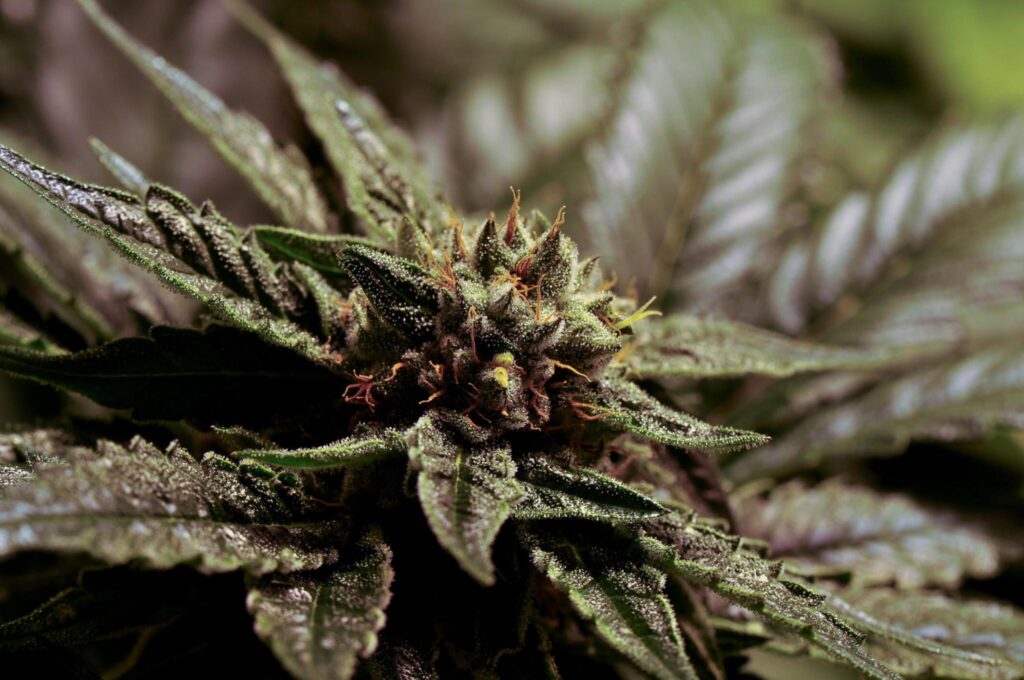For a more detailed exploration into the subject, including bullet points and additional information, it would be beneficial to consult a comprehensive guide or resource. Such guides often delve into the nuances of cannabis strains, offering insights into their effects, medical applications, and how they cater to different user preferences. They serve as an excellent starting point for anyone new to cannabis, equipping readers with the knowledge to navigate the vast array of strains available, whether for medicinal or recreational purposes.
Understanding Cannabis Strains
- Weed strains: Consider them as distinct varieties of cannabis, each with its own set of characteristics and effects. Strains are developed to highlight specific features like flavor, potency, and the balance of cannabinoids.
- Best weed strains: Criteria include:
- Potency: Often measured by THC content, determining strength.
- Aroma: Influenced by terpenes, contributing to the strain’s appeal.
- Effects: Ranging from relaxation and sleepiness to energy and creativity.
- Medical benefits: Some strains are better suited for pain relief, anxiety reduction, or other therapeutic effects.
Find the Perfect Strain for You
- Personal Needs: Whether seeking relief from stress, pain, insomnia, or looking for an energy boost.
- Desired Effects: Whether you prefer a calming experience, heightened creativity, or increased focus.
- Potential Medical Benefits: Some strains might be better suited for managing specific medical conditions.
- Experimentation: Trying different strains in small amounts to see what works best for you.
- Professional Advice: Consulting with dispensary staff or healthcare providers can offer personalized recommendations.

Indica Strains
- Characteristics: Known for their deeply relaxing and sedative effects, making them best strains of weed for evening or nighttime use.
- How to Use Indica: Perfect for unwinding after a long day, managing physical discomfort, or promoting deep sleep. Vaporizing or using tinctures can offer quick relief.
- Popular Indica Strains:
- Granddaddy Purple: Famed for its stress-relieving and pain-reducing properties.
- Northern Lights: One of the best pot strains for sleep and relaxation.
- Blue Cheese: A unique strain known for its relaxing effects and distinct aroma.

Sativa Strains
- Characteristics: Sativa strains are renowned for their energizing and uplifting effects, making them ideal for daytime use. They can enhance creativity, boost mood, and increase energy levels.
- How to Use Sativa: Vaporizing or smoking Sativa strains is popular for enhancing social interactions, fostering creativity, and uplifting mood. They are also used in edibles for a longer-lasting effect.
- Well-Known Sativa Strains:
- Sour Diesel: Known for its invigorating effects, making it one of the best weed strains for energy.
- Jack Herer: A top choice for creative endeavors, often cited as the best cannabis strain for creativity.
- Green Crack: Praised for its sharp energy boost, it stands out as one of the best marijuana strains for daytime use.
Hybrid Strains
-
- Hybrids are designed to capture the desired effects from both Indica and Sativa strains, often leading to a more balanced or targeted experience.
- How to use hybrids: They can be particularly beneficial for users looking for specific therapeutic benefits, like balanced relaxation and alertness.
- Famous Hybrid Strains:
-
- GG4 (formerly Gorilla Glue #4): Known for its potent effects that combine relaxation with euphoric highs.
- Blue Dream: A popular choice for its balance of full-body relaxation with gentle cerebral invigoration, making it a favorite among both recreational and medical users.
- Pineapple Express: Offers a long-lasting energetic buzz perfect for productive afternoons and creative escapes.
How Do I Know Which Strain is Right for Me?
- Reflect on Desired Outcomes: Identify whether you’re seeking relief from specific symptoms or looking for a particular recreational experience.
- Start Low, Go Slow: Begin with strains that have lower THC levels and gradually increase to find your comfort zone.
- Journal Your Experiences: Keep notes on the strains you try and their effects on you.
- Research Strains: Utilize resources and reviews to understand the typical effects of strains you’re interested in.
- Engage with the Community: Discussions with more experienced users can provide insights into different strains’ effects.
Difference Between Hybrids, Sativa, and Indica

- Effect Profile: Indicas typically offer a relaxing body high, Sativas provide an energizing mental effect, and Hybrids can offer a balance or lean towards one side based on their dominant strain.
- Medical Uses: Indica is often used for stress and pain relief, Sativa for depression and attention disorders, and Hybrids can be tailored for specific conditions.
- Time of Use: Indicas are suited for evening use, Sativas for daytime, and Hybrids can be versatile depending on their dominant traits.
- User Preferences: Identify whether you prioritize relaxation, energy, or a balanced effect to guide your strain selection.
Conclusion
Exploring the world of cannabis strains is a journey of personal discovery, tailored to your unique preferences and needs. Engaging with knowledgeable dispensary staff, delving into research, and participating in community discussions can offer valuable insights. Remember, the quest for the “best” strain is subjective, with effectiveness varying widely among individuals. Embrace this exploration with an open mind and a spirit of adventure, allowing your experiences to guide you toward the strains that resonate most deeply with your personal goals and well-being.
Frequently Asked Question
- What are cannabis strains?
Cannabis strains are distinct varieties of the cannabis plant, each developed to enhance specific characteristics such as flavor, potency, and the balance of cannabinoids like THC and CBD.
2 .How do Indica, Sativa, and hybrid strains differ?
Indica strains are known for their relaxing and sedative effects, making them suitable for evening use. Sativa strains offer energizing and uplifting effects, ideal for daytime activities. Hybrid strains aim to provide a balance of Indica and Sativa effects, tailored to various preferences and needs.
- What is THC and its effects?
THC, or delta-9-tetrahydrocannabinol, is a compound in cannabis responsible for the plant’s psychoactive effects, including euphoria, relaxation, and altered sensory perception. It can also aid in reducing depression, anxiety, pain, and inflammation but may cause short-term memory impairment and coordination issues in some users.
- What role does CBD play in cannabis?
CBD, or cannabidiol, is a non-psychoactive cannabinoid known for its potential therapeutic benefits, including anxiety and depression relief, pain reduction, and inflammation control. It does not produce the “high” associated with THC.
- Can you explain the “Entourage Effect”?
The entourage effect refers to the synergistic interaction of cannabis compounds, suggesting that whole-plant cannabis preparations may offer more significant therapeutic benefits than isolated THC or CBD.
- What are terpenes, and why are they important?
Terpenes are aromatic compounds found in cannabis that influence its smell and flavor. They also contribute to the strain’s effects and may enhance the therapeutic properties of cannabinoids through the entourage effect.
- How do cannabinoids interact with the body?
Cannabinoids interact with the body’s endocannabinoid system (ECS), which plays a crucial role in regulating various physiological processes, including pain sensation, mood, and appetite.
- What medical benefits does cannabis offer?
Cannabis has been shown to help with conditions like pain, anxiety, depression, nausea, and inflammation. Both THC and CBD contribute to these therapeutic effects, but research is ongoing to fully understand their potential.
- How should first-time users approach choosing a cannabis strain?
First-time users should consider their desired effects, medical needs, and consult with healthcare professionals or dispensary staff. Starting with strains that have a balanced THC/CBD ratio may help mitigate unwanted effects.
- Are there risks associated with using cannabis?
While cannabis can offer significant benefits, it also poses risks, such as impaired memory, altered coordination, and potential anxiety or paranoia, especially with high-THC strains. Responsible use and consultation with a healthcare provider are advised.

